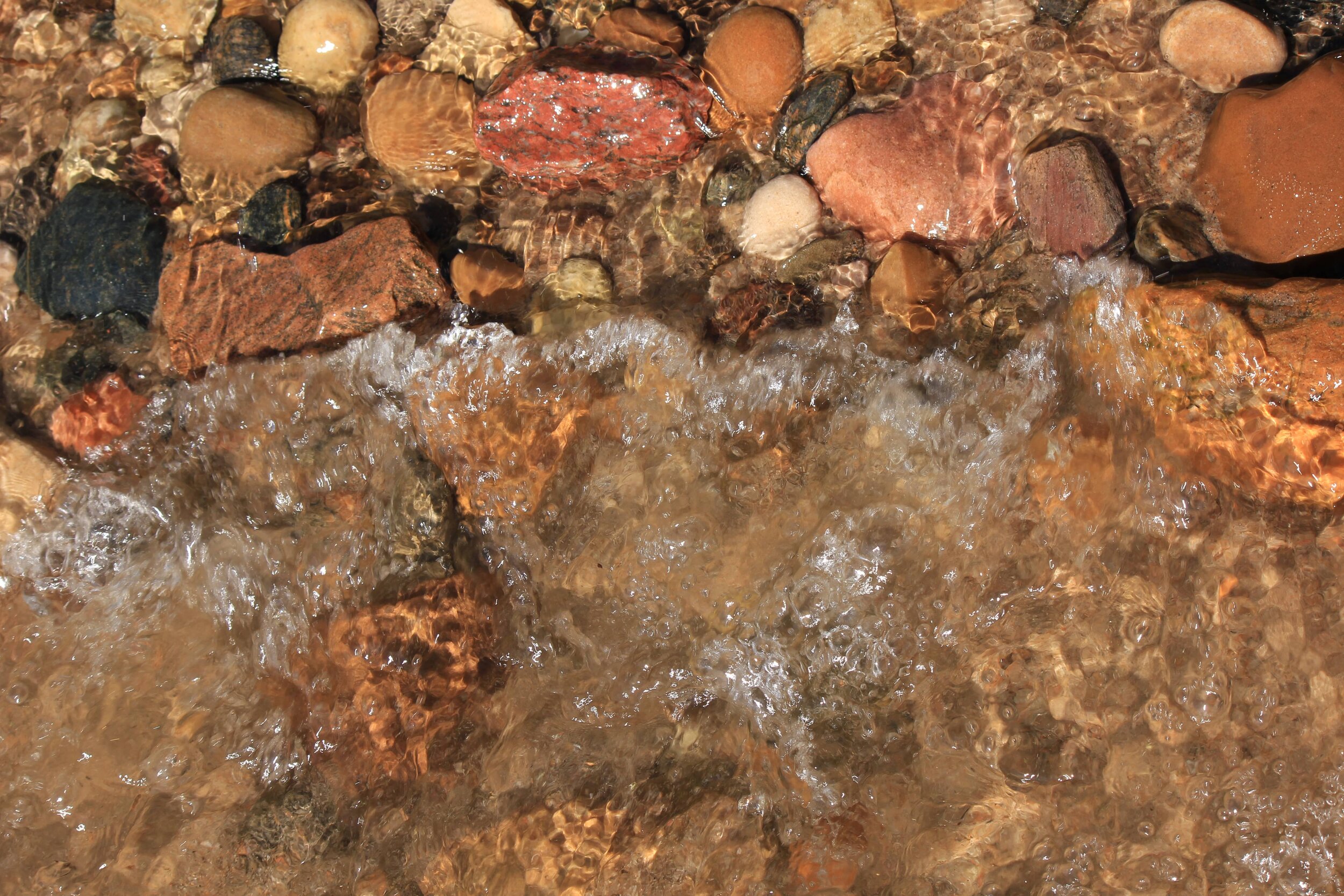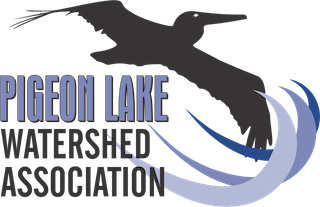
Aquatic Invasive Species
Prevent the Spread
Once introduced, aquatic invasive species are nearly impossible to fully eradicate - prevention is key.
At great cost to ratepayers and the ecosystem, lake communities across the country are battling aquatic invasive species infestations including Zebra Mussels, Quagga Mussels, Eurasian Watermilfoil, and Prussian Carp. The Alberta Government has estimated that a mussel infestation could cost $75,000,000 annually. This would include costs to fix systems, infrastructure (water, power, irrigation) and lost revenue from recreational fishing. It would also decrease property values and increase boat maintenance.
Clean
Clean plants, animals, and mud from watercraft, trailer, and gear (fishing gear, waders, boots, etc).
Drain
Drain all water from your watercraft, trailer, and gear (e.g. buckets, well, bilge, ballast etc.).
Dry
Dry all parts of your watercraft, trailer and gear completely between trips.
Prevent the Spread
Everyone has a role to play in preventing the spread of aquatic invasive species.
Participate in citizen science and monitoring
Know your invasive species
Lend your voice. Share our invasive species PSA
Clean, Drain and Dry (remember to pull the plug - it’s the law)
Plants
Eurasian Milfoil
Myriophyllum spicatum
The submerged stems, feathery leaflets, and spike of raised flowers of Eurasian Milfoil are features shared with the native Northern Watermilfoil. To tell the difference between them look at the number of leaflet pairs (12-16) and for the leaflets to collapse around the stem when removed from the water - these factors are tell-tale signs of the invasive.
Phragmites
Phragmites australis australis
A tall perennial grass, usually growing in dense, single species stands, Phragmites can reach up to 2 - 4 m in height. It has a 15 - 30 cm long panicle (inflorescence) and leaves ending in a spiny point.
Flowering Rush
Butomus umbellatus
Growing to 150 cm tall, Flowering Rush resembles a large sedge. It can be found submerged in or adjacent to water. The beautiful umbel of pink and white flowers make it appealing - but, remember that this plant is a prohibited noxious species and should under no circumstances be grown.
Curly Leaf Pondweed
Potamogeton crispus
The fine serrations on the wavy leaves of the Curly Leaf Pondweed are a key identifying feature of this submerged plant. This plant grows in dense beds and remains evergreen throughout the winter.
Mussels & Fish
Zebra Mussels
Zebra Mussels are generally 4- 5 cm in size, with a triangular shell and dark and light banding.
Both Zebra and Quagga Mussels are filter feeders - meaning that they “filter” water by removing organisms such as plankton and algae. Although this may sound like a benefit, the filtering process can result in increases in ammonia, nitrates and phosphates and can even lead to cyanobacteria blooms (an algae not consumed by the mussels).
Prussian Carp
Prussian Carp are a type of wild goldfish that has been found in Alberta and Saskatchewan. They are a hardy species and can outcompete native fish. If caught, please do not release - kill the fish and either dispose of it in a receptacle or eat it.
Quagga Mussels
Usually smaller than 5 cm, Quagga Mussels are rounder than Zebra Mussels (more of a “D” shape) and vary in colour, ranging from light and dark stripes to solid shades of brown.
It is important to remember that native mussel species won’t attach to substrates - therefore, this can be an indication that you are observing an invasive species.
Goldfish
This common aquarium fish has been introduced into Alberta waterbodies, causing many negative effects which harm not only native fish, but also water quality. Remember: “Don’t let it loose”. Not only does the release of aquatic species have environmental impacts, it is also illegal.
Disease
Whirling Disease
Whirling disease is a serious issue that impacts many of your favorite Alberta fish. Salmonids (think trout, salmon, and whitefish) affected by the Myxobolus cerebralis parasite will exhibit changes in behaviour, skeletal deformities, changes in colour, and even mortality. Prevent the spread of this disease by following Clean, Drain, Dry procedures for your boat and equipment, using designated fish cleaning stations, not using live bait, and not moving fish (or fish parts) between waterbodies.
More About Whirling disease | Stop the Spread of Whirling disease
Additional Resources
References & Photo Credits
Eurasian Milfoil photograph by Donald Hobern, distributed under CC BY-SA 2.0 license.
Flowering Rush photograph by Christian Fischer, distributed under CC BY-SA 3.0 license.
Phragmites photograph by R.A. Nonenmacher, distributed under CC BY-SA 4.0 license.
Curly Leaf Pondweed photograph by Leslie J.Mehrhoff, distributed under CC BY-SA 3.0 license.
Zebra Mussels photograph by Thirdwavephoto, distributed under CC BY-SA 4.0 license.
Rock covered in quagga mussels was collected in a Ponar grab in Lake Michigan during the 2015 CSMI benthic survey, July 23, 2015. Credit: NOAA. CC BY-SA 2.0 license.
Prussian Carp photograph by Poesch Lab, University of Alberta. https://poeschlab.ualberta.ca/gallery/conservation-of-freshwater-fishes/conservation-of-freshwater-fish-02/prussian-carp/
Goldfish photograph by Janine Lajavic/USFWS, distributed under CC BY 2.0 license.
Whirling Disease Fish photograph from Goverment of Alberta, https://www.alberta.ca/whirling-disease.aspx










